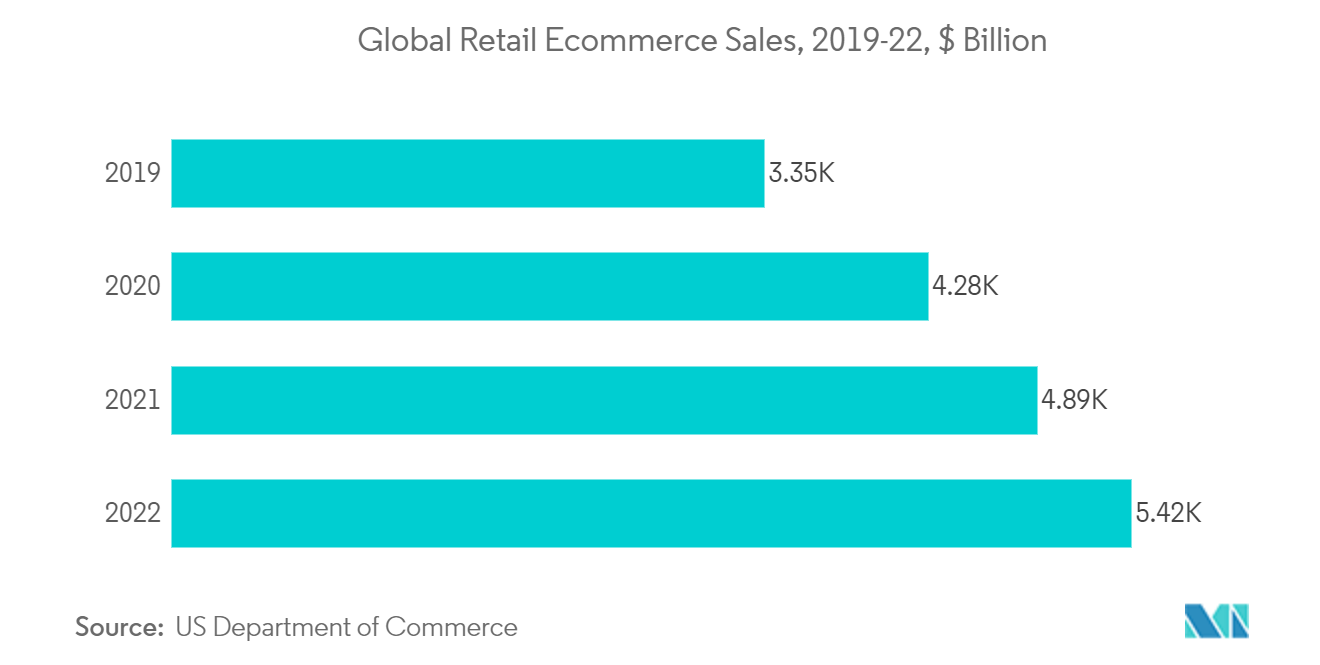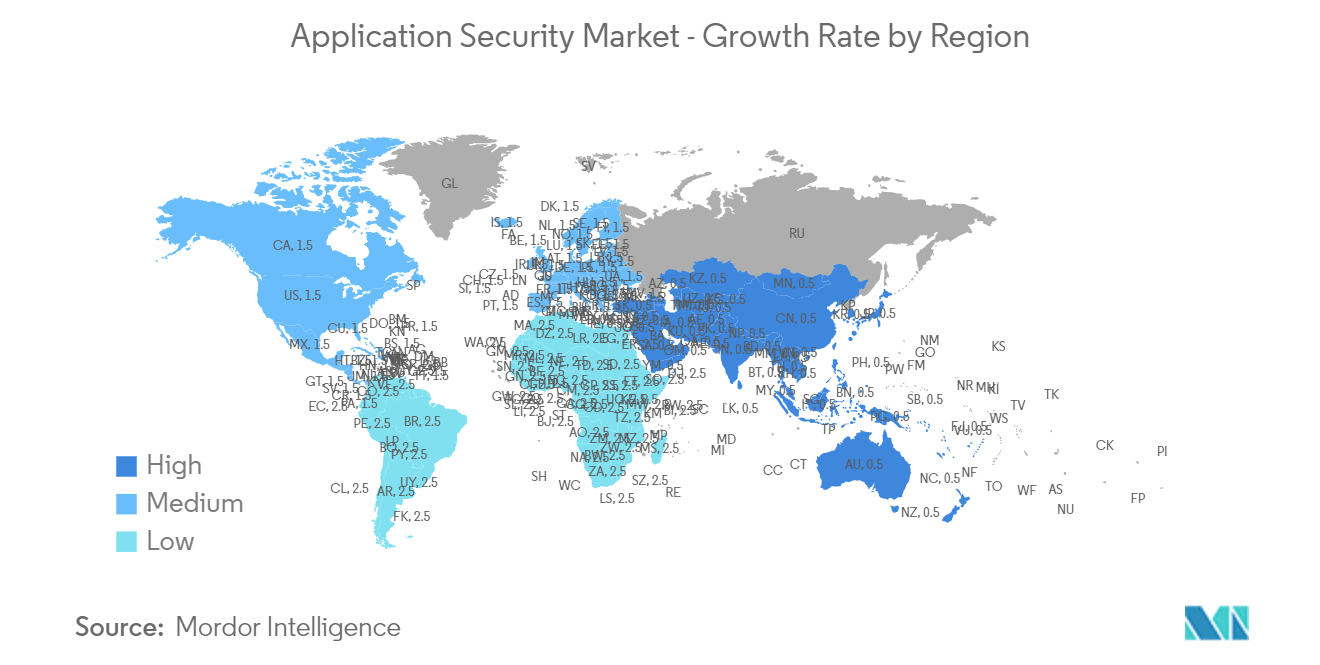Market Trends of Application Security Industry
This section covers the major market trends shaping the Application Security Market according to our research experts:
Increased Number of Third-party Applications, such as E-commerce
- Technological advancements have completely revolutionized the retail industry as retailers provide personalized shopping experiences on a global scale with the help of technology. According to Think with Google, 84% of shoppers in physical stores use their smartphones to get information about products and compare shops.
- Mobile app technology has become critical for boosting customer engagement and giving customers multiple choices regarding personalized shopping experiences. Moreover, it is anticipated that retailers will continue to improve the online shopping experience by investing in mobile apps, beacons for in-store use, in-app shopping capabilities, mobile payments in stores, and mobile advertisements. Such instances are driving market growth in the retail sector.
- Moreover, the retail industry is aided by thousands of specialty software applications designed for specific needs. According to IBM, an average retail chain uses about 450 such applications, which is higher than many other industries. Several other applications are expected to surface with the increasing shift to digitization. Additionally, supportive government regulations worldwide encourage retail players to deploy API. This is further expected to promote the growth of the application security market in the retail sector.
- Further, the global pandemic has accelerated the trend of mobile e-commerce (sometimes called m-commerce), whether buyers use their phones to schedule pick-up curbside or deliver items to avoid the risks of in-person shopping. Thus, shopping from phones and tablets has been on the rise for a long time and is expected to remain high.

North America Accounts for the Largest Market Share
- In the digital age, financial crimes against banks and other financial services institutions are accelerating rapidly. This year, card fraud is expected to increase globally with substantial growth. Furthermore, hacking via stolen credentials was most commonly seen, which are then used to hack into the enterprise's web-based email and other web applications.
- There have been multiple cases where enterprises in North America have been victims of cyber-attack. Such attacks have impacted most end-user industries, including the government, BFSI, and others. In the last year, almost 30,000 United States organizations were disrupted by a massive attack on the Microsoft Exchange email servers, which is one of the most considerable email servers on a global level. With this, the hackers could easily exploit the four separate zero-day vulnerabilities to access emails from small enterprises to local governments.
- The government authorities in the region are also working to decrease cybercrimes in the area. The government's influence also encourages the use of application security solutions. For instance, this year, the Department of Homeland Security (DHS) introduced a new cybersecurity grant program for state, local, and territorial (SLT) governments around the country.
- This State and Local Cybersecurity Grant Program, facilitated by President Biden's Bipartisan Infrastructure Act, offers 1 billion USD in funding for four years to SLT partners, with 185 million USD available in the current financial year, to assist SLT efforts to mitigate cyber risk to their information systems. With this support, SLT governments would be better positioned to manage cybersecurity risks, enhance the cybersecurity of their vital infrastructure, and provide resilience against continuous cyber attacks for the services they deliver to their communities.
- Moreover, in July last year, The United States Departments of Justice (DOJ) and Homeland Security (DHS), in collaboration with government partners, developed a new website to tackle the ransomware threat. StopRansomware.gov serves as a one-stop source for ransomware information for people, corporations, and other organizations. StopRansomware.gov is the first joint website launched by the federal government to assist private and public enterprises in mitigating their ransomware risk.


